Spending on VR and AR to double this year
AR spending is set to surge ahead after 2018 as it finds its place within industry
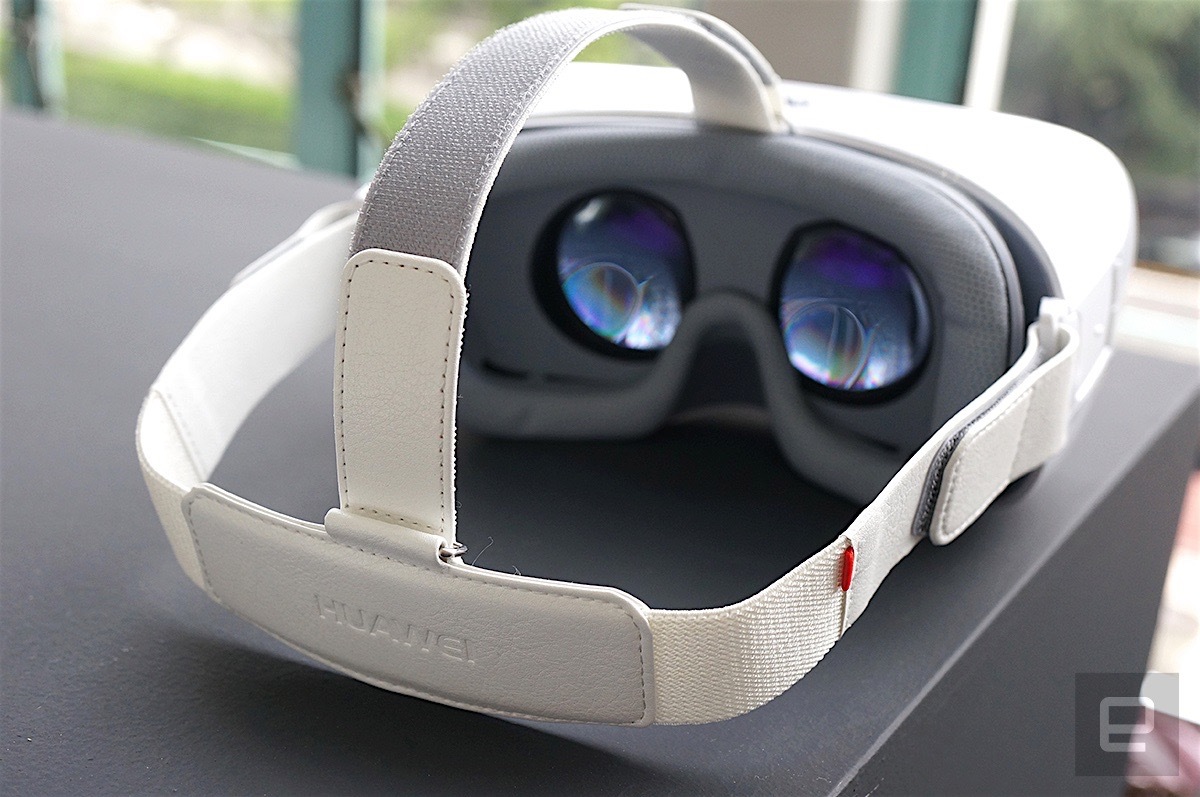
Worldwide spending on virtual and augmented reality technology could reach $13.9 billion (11.2 billion) in 2017, jumping almost 131% over last year's figures, according to recent research by the IDC.
In an update to its Worldwide Semiannual Augmented and Virtual Reality Spending Guide, the IDC expects the technology to achieve a compound annual growth rate (CAGR) of 198% during the 2015-2020 period, raking in over $143 billion.
As a comparison, spending on VR and AR in 2016 reached just $6.1 billion.
The largest portion of this growth will come from the consumer market, with spending on hardware and software set to reach $6.2 billion this year. Although VR started as a crowd-funded project with the Oculus Rift, consumers are now able to take advantage of a vast array of different products from leading technology and entertainment companies.
Unsurprisingly, industry will lag behind in spending as businesses continue to explore new applications of the technology. The biggest uptake is expected within the manufacturing and retail sectors, the only industries set to exceed $1 billion on VR and AR this year. Online retail outlets alone may sink almost $462 million into the technology, providing a way for users to experience select products using AR through a website.
By the end of the forecast period, transportation is expected to be the fastest growing sector at 233.7% CAGR, closely followed by healthcare at 231.8%.
"At this stage, to make the transition to a robust technology spending environment, third-party custom application development and systems integration will fill a vital role in bringing projects to life," said Marcus Torchia, research director at IDC's Customer Insights and Analysis.
Get the ITPro daily newsletter
Sign up today and you will receive a free copy of our Future Focus 2025 report - the leading guidance on AI, cybersecurity and other IT challenges as per 700+ senior executives
"We expect initial AR spending to lean on mobile workforce-based use cases, where AR headsets are a natural enhancement to existing mobility investments. And we will see education, research and design applications form a foundation of adoption in professional environments," added Torchia.
Gaming and entertainment will see spending on VR headsets outpace that of AR during 2017 and 2018. But after this period, the research expects AR spending to surge ahead as the technology finds a firm place within industry, particularly within healthcare.
Although VR has found limited success outside the commercial space, in areas such as education and architecture, AR is proving massively more popular within industry. Following our hands-on demo of Microsoft's Hololens, we can safely say the technology provides a promising tool for improving business productivity.
Dale Walker is a contributor specializing in cybersecurity, data protection, and IT regulations. He was the former managing editor at ITPro, as well as its sibling sites CloudPro and ChannelPro. He spent a number of years reporting for ITPro from numerous domestic and international events, including IBM, Red Hat, Google, and has been a regular reporter for Microsoft's various yearly showcases, including Ignite.
-
 Should AI PCs be part of your next hardware refresh?
Should AI PCs be part of your next hardware refresh?AI PCs are fast becoming a business staple and a surefire way to future-proof your business
By Bobby Hellard Published
-
 Westcon-Comstor and Vectra AI launch brace of new channel initiatives
Westcon-Comstor and Vectra AI launch brace of new channel initiativesNews Westcon-Comstor and Vectra AI have announced the launch of two new channel growth initiatives focused on the managed security service provider (MSSP) space and AWS Marketplace.
By Daniel Todd Published
-
 AI is finally delivering bang for its buck, according to Microsoft
AI is finally delivering bang for its buck, according to MicrosoftNews Is generative AI worth the cost? A new report argues companies make significant returns on every dollar spent
By Nicole Kobie Published
-
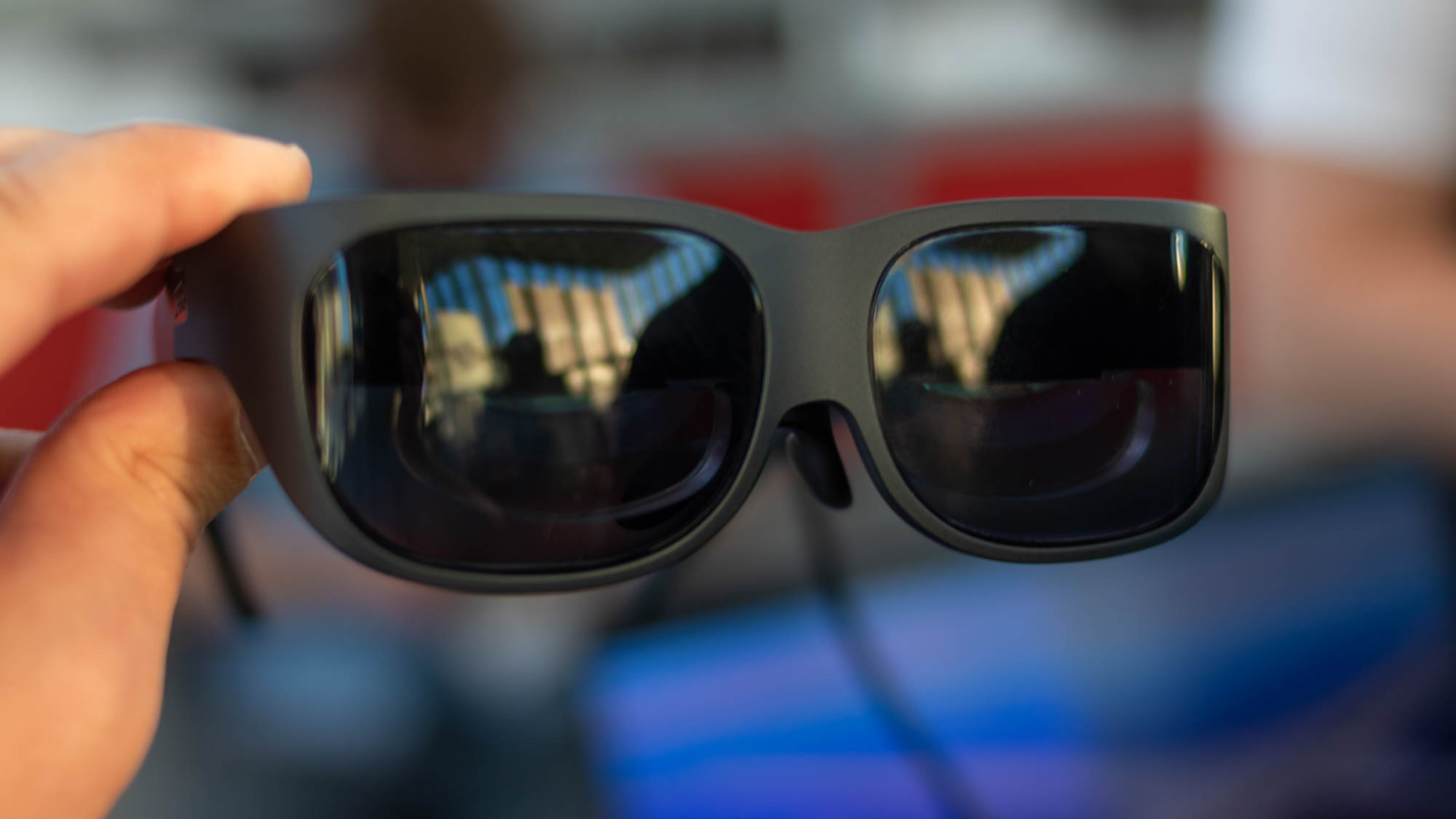 Has Lenovo found the ultimate business use case for smart glasses?
Has Lenovo found the ultimate business use case for smart glasses?Opinion Lenovo’s T1 smart glasses offer a virtual desktop that only you can see
By Bobby Hellard Published
-
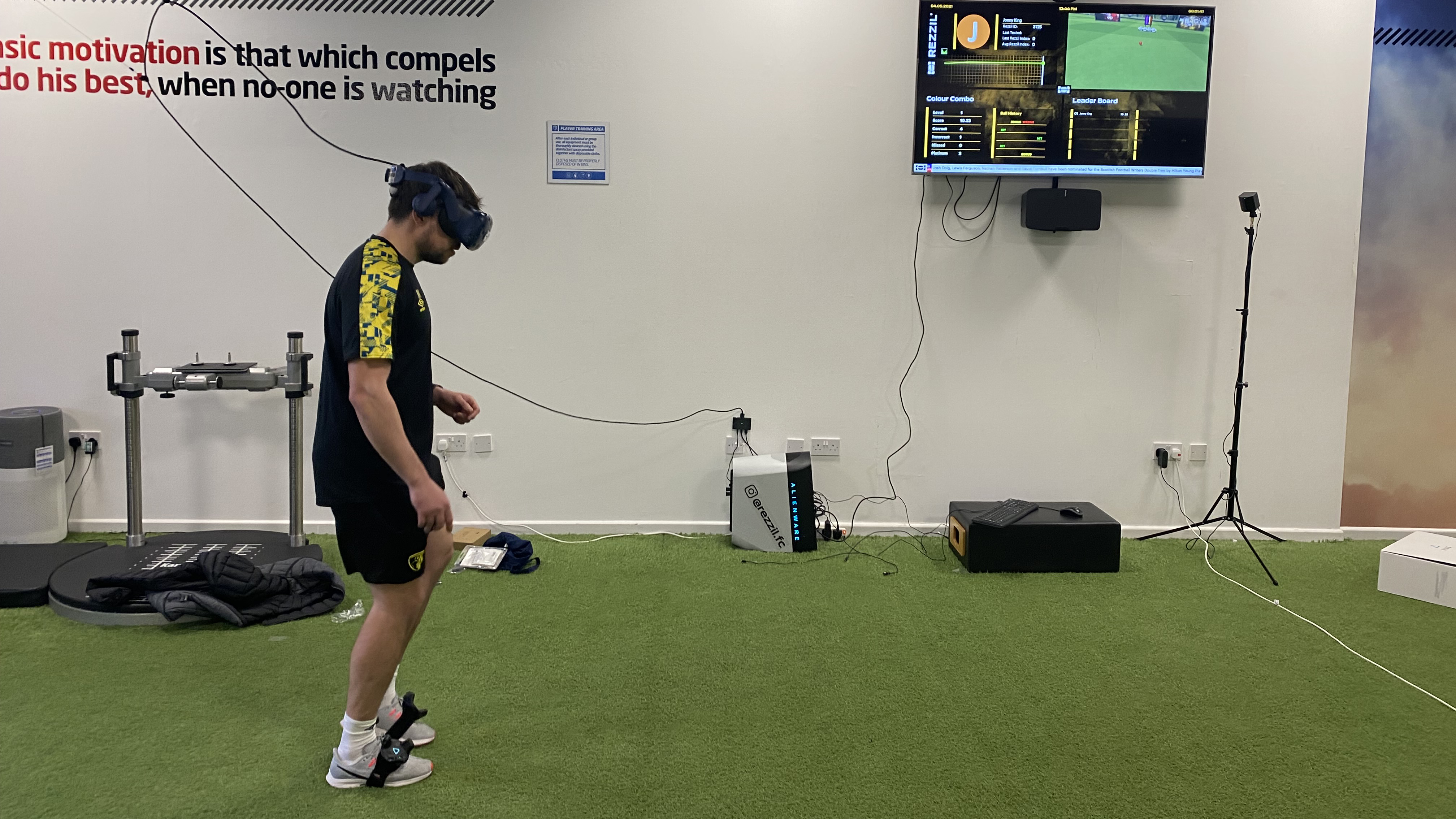 Virtual striker: Using VR to train Premier League stars
Virtual striker: Using VR to train Premier League starsCase Studies How one company is taking VR out of the boardroom and into the locker room
By Adam Shepherd Published
-
 NeuPath and Cynergi will bring VR therapy to chronic pain management
NeuPath and Cynergi will bring VR therapy to chronic pain managementNews NeuPath will integrate Cynergi’s VR program with its remote pain management platform
By Praharsha Anand Published
-
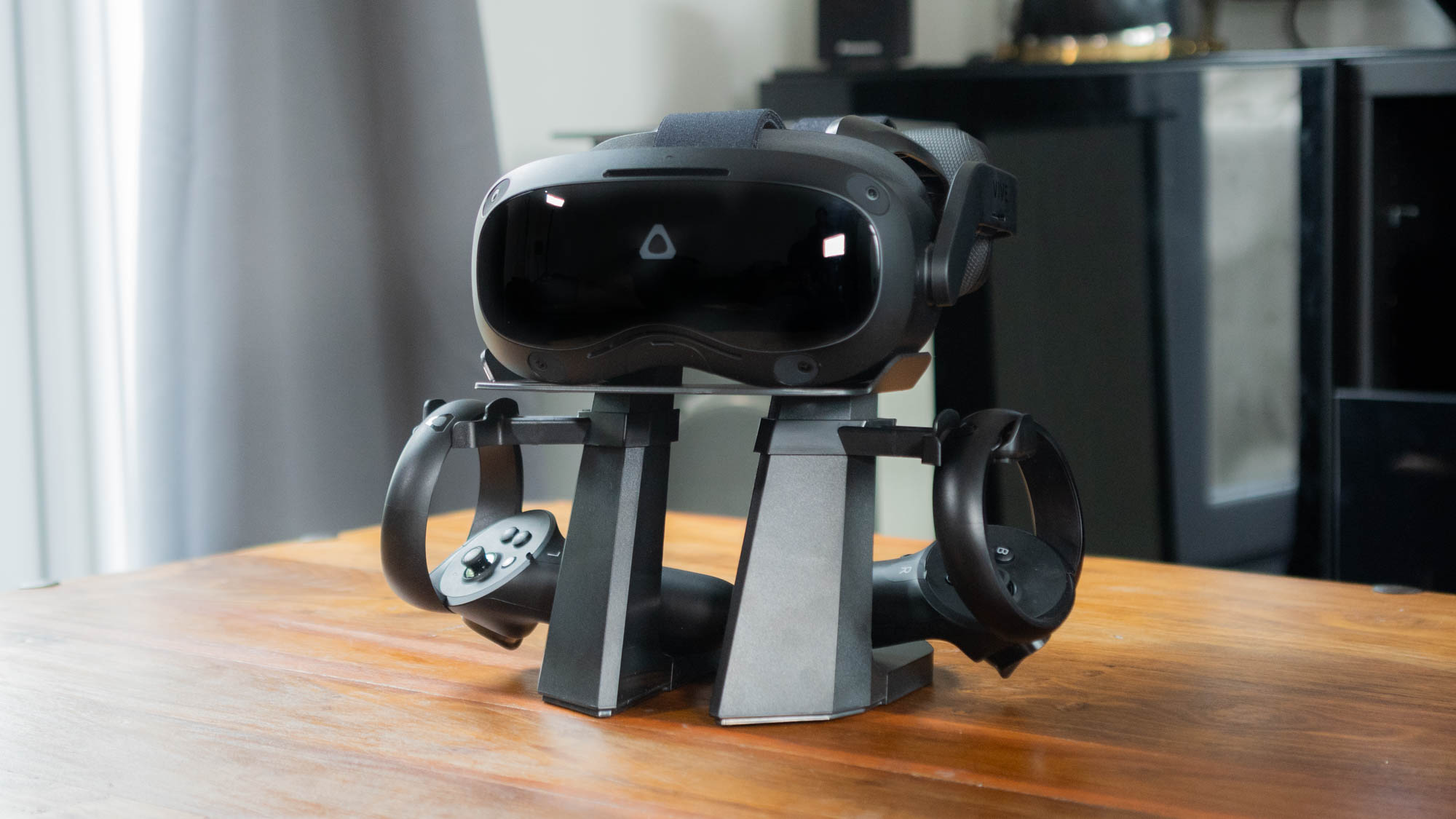
 HTC Vive Focus 3 review: The future of VR is here
HTC Vive Focus 3 review: The future of VR is hereReviews This smart and stylish headset is a leap forward for the technology
By Adam Shepherd Published
-
 The IT Pro Podcast: Can VR unite the hybrid workplace?
The IT Pro Podcast: Can VR unite the hybrid workplace?IT Pro Podcast How one company is using virtual reality to bring its staff together
By IT Pro Published
-
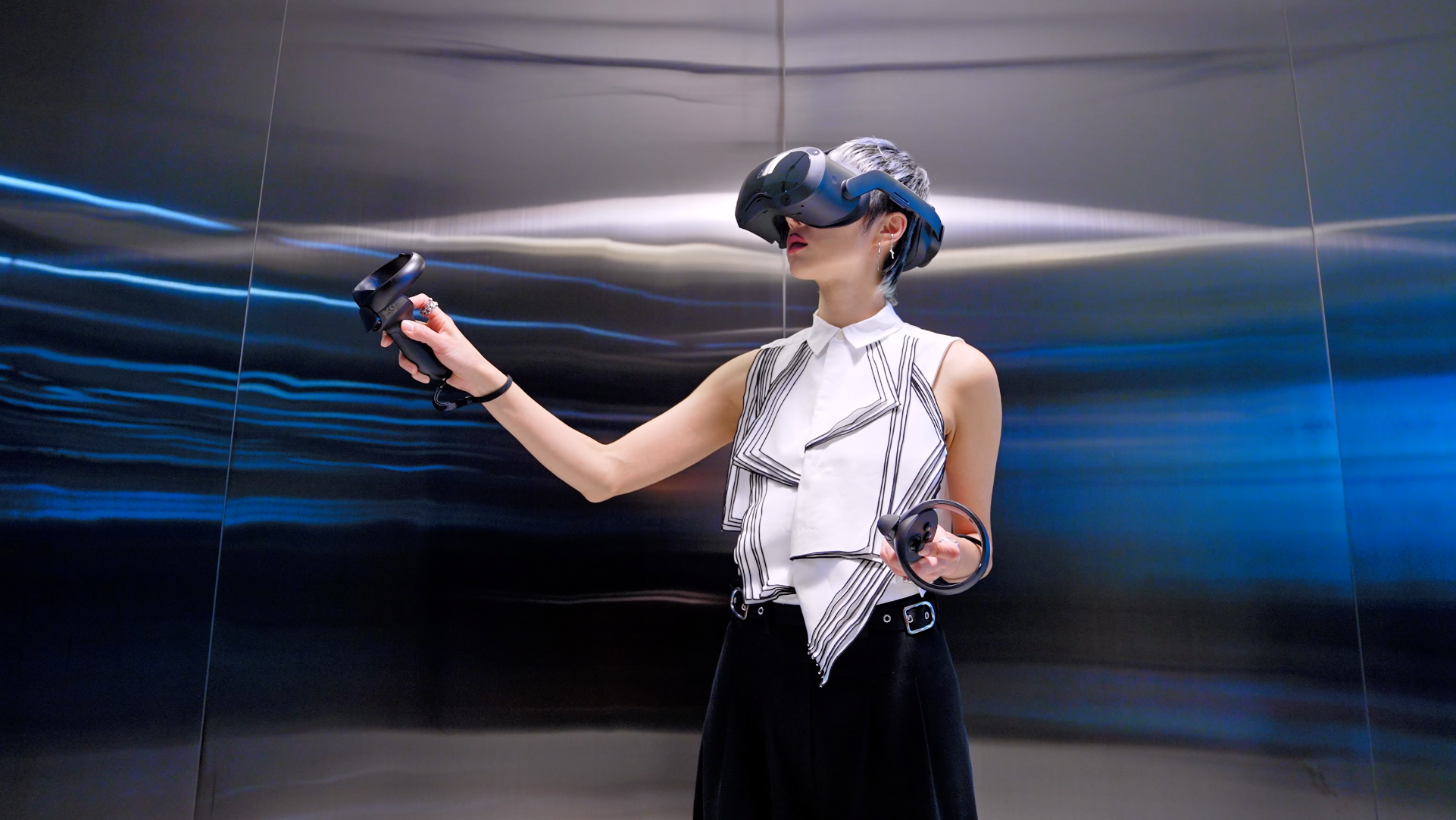 HTC launches new business-focused VR headsets
HTC launches new business-focused VR headsetsNews Vive Pro 2 and Vive Focus 3 include 5K resolution, larger field of view, and business management tools
By Adam Shepherd Published
-
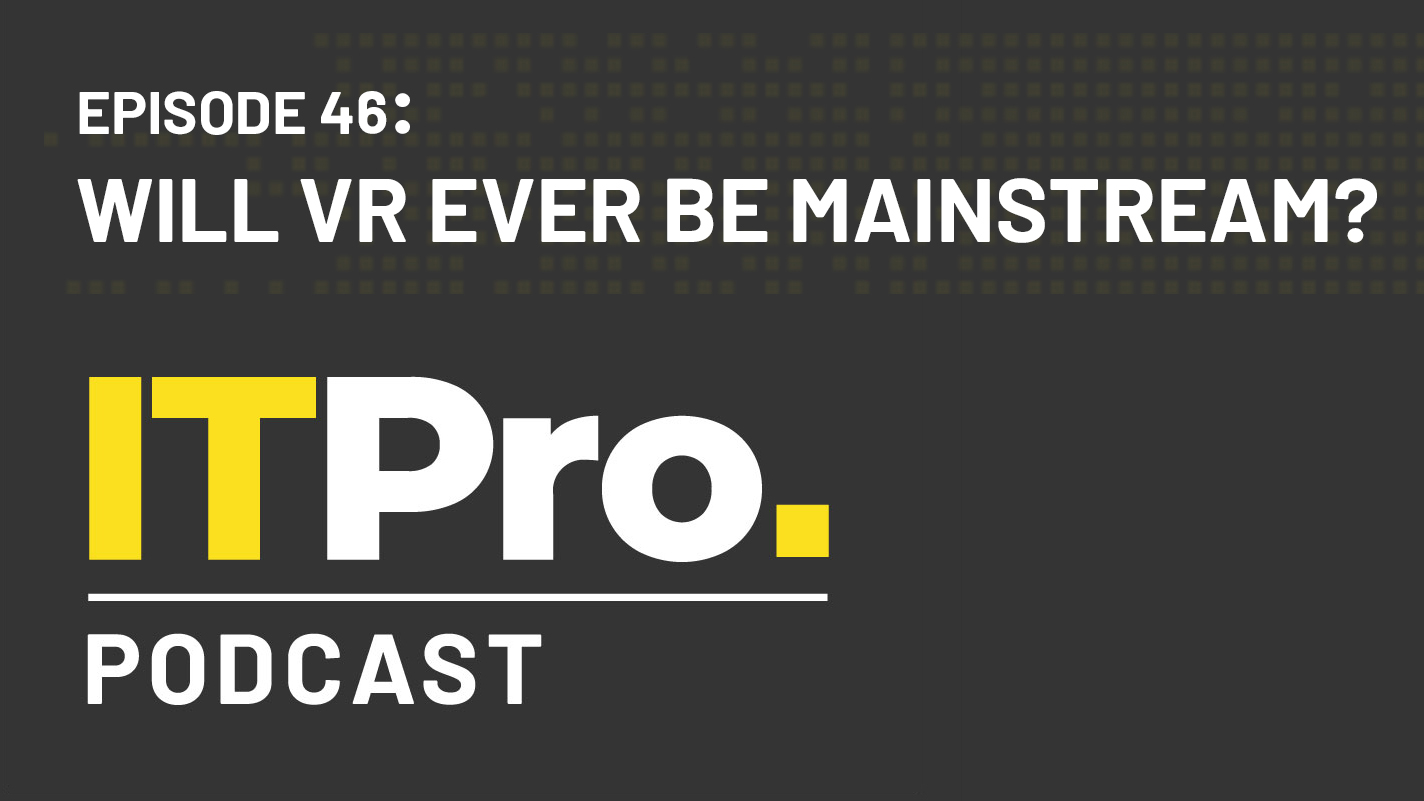 The IT Pro Podcast: Will VR ever be mainstream?
The IT Pro Podcast: Will VR ever be mainstream?IT Pro Podcast Despite years of development, VR is still a niche technology
By IT Pro Published